Spy Baits for Bass Fishing: How and When to Use This Finesse Weapon
Share this bass fishing article with every angler you know!
Almost every lure on the market is designed to generate noise. Even the small finesse lures that are meant to tone it down a bit are designed around vibration.
Well, there’s one bait that takes an entirely different approach, and even some experienced anglers haven’t heard of it before.
Today, we’re going to go over what a spy bait is and why spy baits for bass fishing deserve a spot in your tackle box.
Get notified of new bass fishing articles, tips and tricks!
Newsletter Signup
What is a Spy Bait?
A spy bait is a unique type of lure that completely rejects the typical design pattern that lure manufacturers tend to prioritize.
While every other lure is designed to vibrate, make noise, and anger the bass, the spy bait eliminates as much noise and vibration as possible. Rather than causing a scene in the water column, a spy bait is designed to minimize how much of a disturbance it causes.
This is called a “silent catch” approach. It’s specialized, but in the right conditions, it’s one of the deadliest spy baits for bass fishing you can use.
How a Spy Bait Works
A spy bait doesn’t look like much. The body is very similar to a crankbait, jerkbait, or similar hard plastic lure, and it has two propellers. One is at the nose, and the other is at the tail. Most of them are designed to look like minnows.
That’s it. There are no rattles, ribs, or other features that are so common on most modern lures.
The spy bait is designed to hit the water without causing much of a disturbance, and when you reel it in, it moves almost silently. It has a slight wobble, and the propellers move the water away from the body, but that’s about it.
This takes the finesse strategy to the next level by almost eliminating aggressive actions. It just looks like a calm fish casually gliding through the water column, which is exactly what makes spy baits for bass fishing so effective.
How to Use a Spy Bait
Spy baits aren’t difficult to use, but they are very specialized. This is a type of lure that you put in your tackle box, and you won’t reach for it very often. However, when conditions are tough and bass are suspending and not hitting traditional baits, this is when the spybait can trigger bites.
Here’s a complete breakdown on when to use it, what gear to use with it, and how to use it effectively.
1: The Spy Bait is Best in Clear Water
First, let’s start with where and when you need to use a spy bait.
Spy baits are best in clear water on still days. Those spots where you can see the fish swimming around, clear as day, are the perfect spots to use spy baits.
Like other clear water lures, they rely on subtle action and visibility rather than noise or flash. If it starts raining or the wind starts blowing, you’ll want to switch it up. They’re practically useless in stained water.
This is the case throughout the peak fishing season, but one time of year tends to make a lot of spots clearer than usual, and you might consider busting out your spy bait. Winter.
When winter hits, most of the plant life in the water dies off, fish activity slows, and as long as storms haven’t caused runoff, a lot of the waterways in North America get crystal clear.
Even if they’re stained most of the year. That’s one of the reasons bass fishing in winter can be surprisingly productive.
Keep that in mind if you’re surrounded by stained fishing spots. You might not want to write the spy bait off, but instead wait for the right moment to use it.
Another key point is to use the spy bait when the bass are suspended. It’s not made to go after aggressive bass that are actively hunting. It’s meant to look like an extremely easy meal for bass that can’t be bothered to go after anything that moves aggressively.
Like we said, you likely won’t be using this one every time you get on the water unless you live near very clear fishing holes.
2: What Gear to Use with a Spy Bait
Spy baits are finesse baits. They’re also incredibly light. You need lighter equipment to use them effectively.
If you’re one of the anglers who jumped on the super-heavy rod trend, you’ll want to bust out a medium-light setup specifically for your spy baits.
We also recommend using a longer rod. That will help increase your casting distance and accuracy. Around 7 feet of length is enough.
Lightweight braided line or fluorocarbon is preferred, and baitcasting equipment will help you get more distance, but you can easily use a smaller spinning reel.
If you’re used to tougher setups designed for dragging jigs through algae or tossing massive swimbaits, this type of gear is going to feel a little off, but it’s part of the finesse fishing experience.
The main concern is getting your drag right and not overloading the rod since the parts are more delicate.
3: Casting the Spy Bait
Since spy baits are used for suspended and lazy bass, you’ll want to target the areas that bass go to when they want to relax. This changes depending on weather conditions.
They might suspend near warmth-generating structures in colder weather, out in the deeper parts of the lake on hot days, etc. We’ve written other guides covering where to find bass in all kinds of conditions, and we highly recommend checking those out.
This lure will be used faster than a lot of the other lures you use against lazy bass. So, you’ll want to cast a good distance beyond the bass you’re targeting.
This ensures that you retrieve the lure right through the bass instead of it hitting the water and immediately moving away from them.
4: How to Retrieve Your Spy Bait
Retrieving your spy bait is extremely simple. It’s designed to be used with a straight retrieval and zero rod movement.
Once it’s in the water, all you do is count the bait down to the depth you want to fish, crank the reel slowly, and hold the rod tip steady. There’s no twitching, popping, pausing, or anything else. If you do any of those things, you’ll ruin the effect.
That can actually make it a little odd for experienced anglers to use. You don’t use such a simple retrieval pattern often, and you usually have to force yourself to slow down and focus on creating a pattern with your lure.
The only thing you might change with your retrieval pattern is the speed you use.
Unfortunately, that can take a bit to dial in. Do a few casts with faster retrievals and slow it down a little if you don’t catch anything. Keep doing that until you find the sweet spot.
5: Look for Subtle Bites
Bass can attack spy baits furiously or extremely subtly. It all depends on their mood.
Keep your eye out for subtle signs of a bite. Remember that you’re targeting suspending bass that aren’t all that interested in eating, and they can bite softly if they’re not committed to it.
Choosing the Right Spy Bait
Spy baits are pretty easy to use if you use them in the right conditions. They’re one of the few baits that work best by chucking them out and reeling them back in without any complex movements.
However, you do need to focus on using the right spy bait.
Since this is such a specialized bait, we don’t recommend going out and buying a ton of them. Instead, focus on getting a small collection that matches a variety of situations.
Here are some of our favorite models, and you can get them at Tackle Warehouse.
1: Eurotackle Z-Spyer
Whenever we talk about finesse baits, one company comes to mind immediately. Eurotackle is a huge name in the microbait and finesse world.
They make tons of small lures that are great for bass, but they’re also viable for panfish, multi-species fishing, and more. Better yet, they tend to be very cost-effective without sacrificing quality.
The Eurotackle Z-Spyer is no different. It’s only $7, and it’s our top recommendation for your first spy bait. It’s cheap if you lose it, but it’s incredibly high quality for the price.
The Z-Spyer is only 2 inches long, 1/8 ounce, and sinks when you let it sit. You can get it in four colors, but we recommend starting with the albino or albiglow options. They crush it in clear water.
With this being so small, you might even want to use a light or ultra-light rod with lighter line.
Eurotackle caters to the ultra-light community, and while a lot of bass anglers don’t mess with that too much, it’s worth keeping a good setup around for these finesse lures.
2: Lucky Craft Screw Pointer 110
We covered an amazing entry-level option, but after you’ve gotten the hang of spy baits, you might want to grab something in the mid-range. For that, you can’t do better than a Lucky Craft Screw Pointer 110.
This isn’t cheap. You’ll pay $18 per spy bait, and that can be a hard loss to take if you’re still a beginner who loses baits often. It’s worth the price, though.
First, you can get these in the 4 to 5-inch range to keep them in line with most of your other bass lures. They’re heavier at 5/8 ounces, too. So, you don’t need to downscale your equipment as much. And, they fall faster than most spy baits and are great at catching deeper suspended fish.
However, you can even get these bad boys as large as 16 inches in length. That’s a bit insane, but
Like the Z-Spyer, these come in four colors. We recommend starting with the ghost minnow.
3: Deps Calling Hustler
If you’re confident that you won’t chuck your lure right into a tree and never see it again, and you want to spend good money on a high-quality lure, Deps has you covered. At $40 per lure, the Deps Calling Hustler offers unmatched quality.
The Calling Huster is a big spy bait. It weighs a full ounce, and it’s 5 inches long. It comes in four colors, like the other options we covered, and due to its weight, you might actually want to use one of your heavier rods.
The defining features of the Deps are their oversized and counter-spinning propellers and their side-to-side movement. It’s still a spy bait, but it has a bit more action than the average spy bait.
While it’s expensive, this is a premium bait that’s sure to impress even the most experienced anglers. Just make sure you really cinch down that Palomar knot to keep from tossing $40 worth of lure right into the lake.
Tips for Color Choice
All of the lures we covered, and most of the other lures on Tackle Warehouse’s storefront, come in four colors. How do you pick the right one for you?
Well, here are a few tips.
1: Start Cheap
Since every area is different, we highly recommend buying all four colors of the Z-Spyer and using all of them for a while.
You’ll see which colors work best in your local lakes and how certain shades seem to draw more strikes. Then, when you know what the local fish like, you can buy one or two of the more expensive lures in the right colors.
This helps you save money instead of buying everything just to find out your local bass don’t bite on half of them.
2: Match the Hatch
If you don’t want to buy the cheaper lures and spend time using them, a good rule of thumb is to match the hatch.
If you’ve fished at your local fishing holes enough, you know what type of bait fish are available. Choose colors that closely resemble those bait fish. That’s what you’re trying to mimic with your spy bait, after all.
You won’t get an exact match all the time since color variations are more limited with spy baits, but you can get an option that’s close enough to blend in.
3: Consider the Time of Year You Plan to Use it
Bait fish change color a bit throughout the year. Whether it’s from their diet and sunlight exposure, or they’re moving through the different phases of their lives, almost all fish will be lighter or darker at different times.
If you’re going to fish in the winter, albino baits and similar options are great. If you’re fishing when the bait fish are rich in color, a matching fish pattern is a great choice.
Get Behind Enemy Lines with a Spy Bait and Catch Those Stubborn Bass
When bass hunker down, you need a powerful weapon to pull them out of their holes and get them to the boat.
The spy bait is perfect for that. It gets behind “enemy lines”, hits them when they least expect it, and makes a huge impact. Just like a real-life spy operative.
To make every cast count, download the Bass Forecast app, and fish smarter, not harder!

.gif)
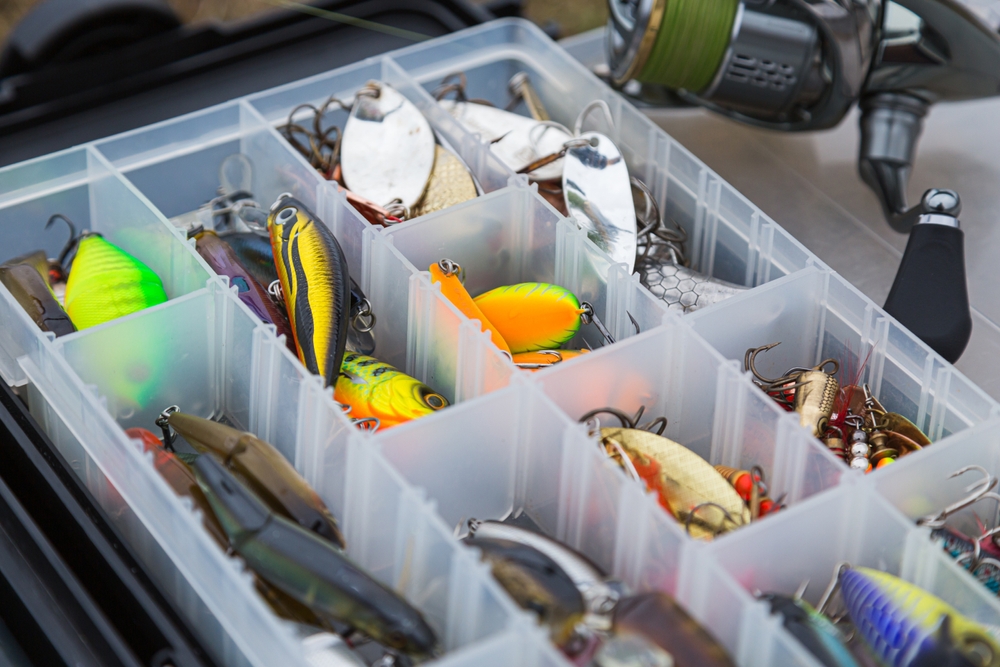
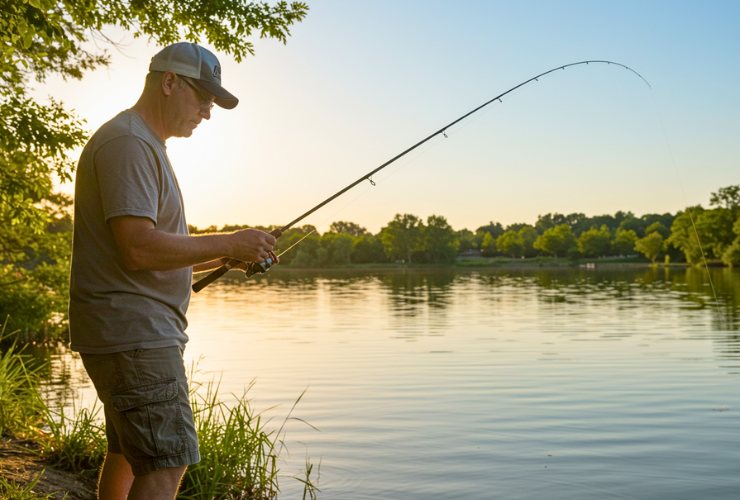
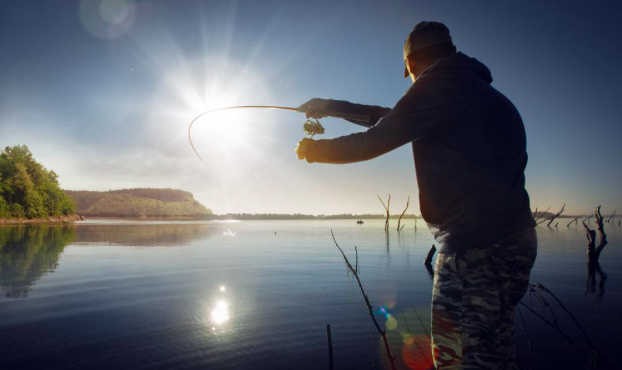
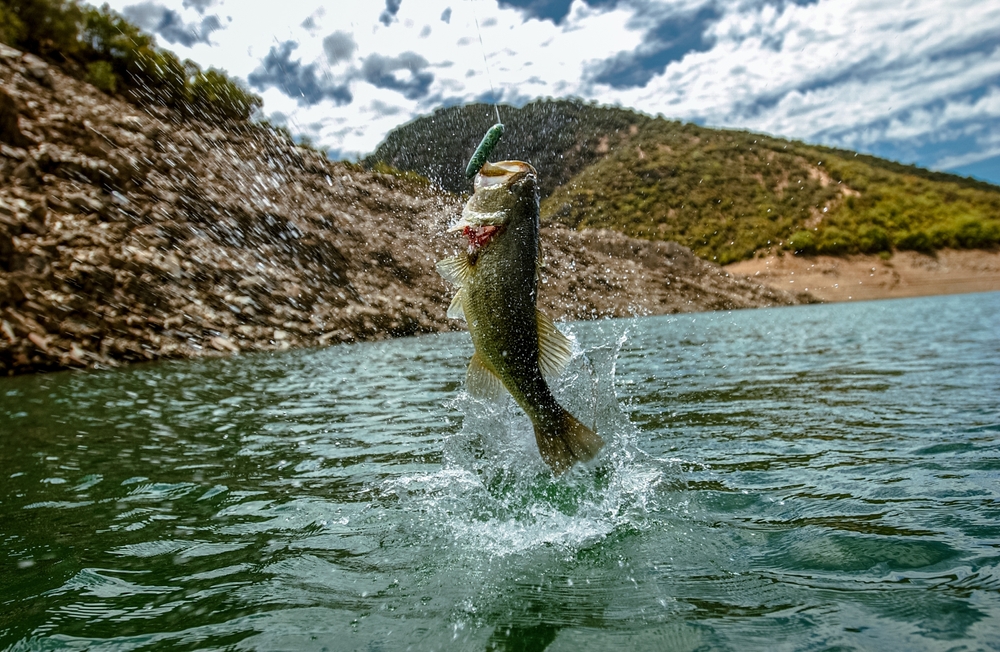
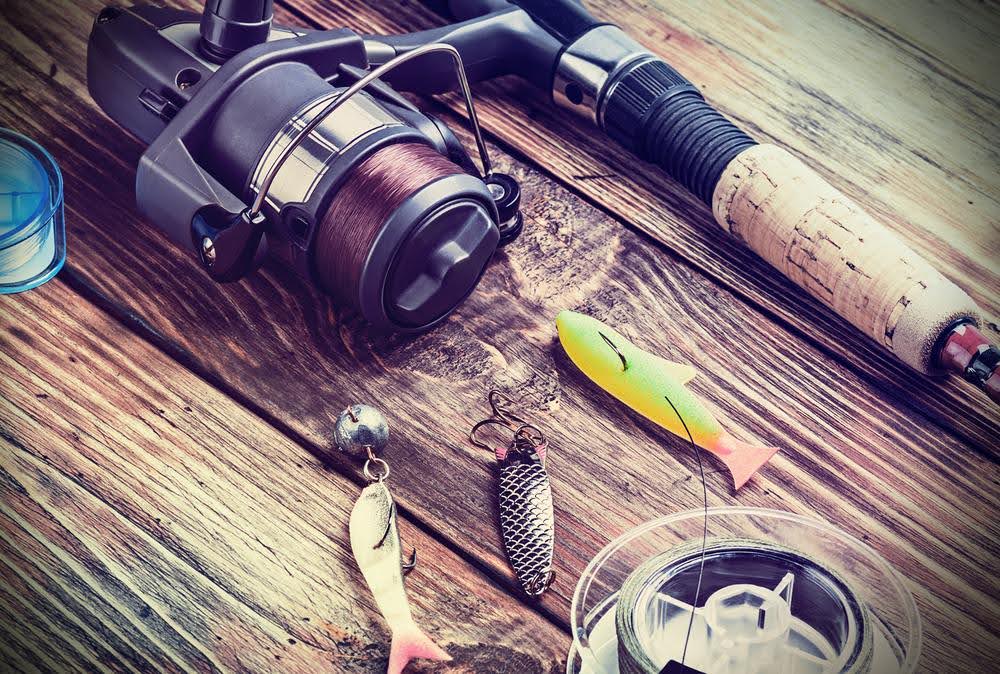
.png)
.png)